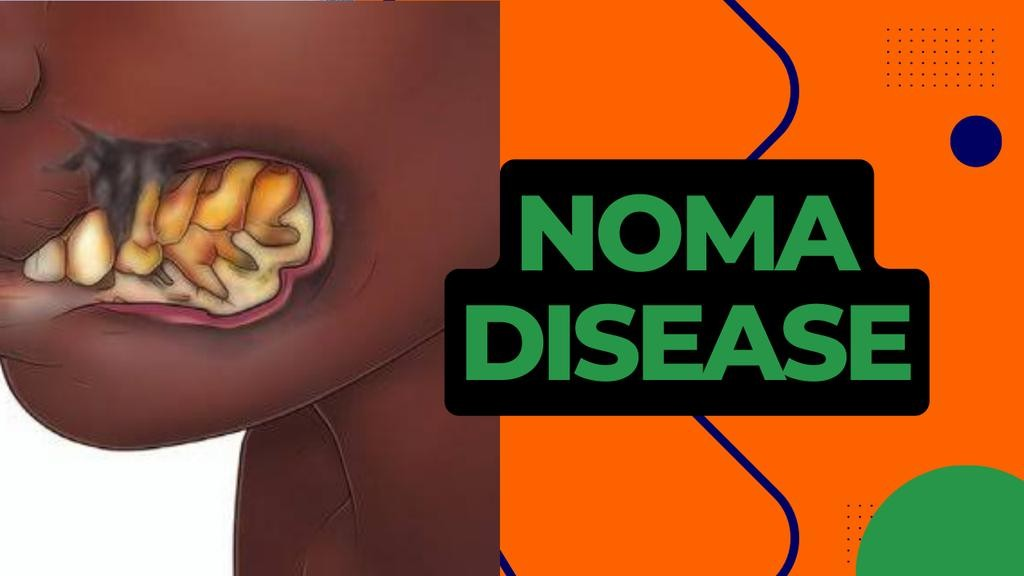





Copyright infringement not intended
Picture Courtesy: www.linkedin.com
Context: The World Health Organization (WHO) has officially added noma to its list of neglected tropical diseases (NTDs) to raise global awareness, stimulate research, secure funding, and intensify efforts to combat the disease.
|
Neglected Tropical Diseases (NTDs) ●They are a group of 20 or so conditions that mainly affect impoverished communities in tropical and subtropical regions. ●They are often called "neglected" because they receive less attention and funding for research, development, and control compared to other diseases like HIV/AIDS or malaria. ●They affect more than 1 billion people worldwide, causing immense suffering and disability. They can lead to blindness, limb loss, chronic pain, and even death. ●They are caused by a variety of pathogens, including viruses, bacteria, parasites, fungi, and toxins. They can be transmitted through insects, water, soil, and other means. ●They disproportionately affect the poorest and most marginalized populations, including women and children. They can trap people in a cycle of poverty by hindering their ability to attend school, work, and earn a living. ●Many NTDs can be controlled or even eliminated with affordable interventions, such as mass drug administration, vector control, and improved sanitation. ●There are growing international efforts to control and eliminate NTDs. The World Health Organization (WHO) has established a road map for achieving this goal by 2030.
|
About Noma
Origins and Progression
Symptoms and Pain
Survivor Consequences
Demographics at Risk
Preventive Measures
Treatment Approaches
Urgent Need for Action
Conclusion
|
PRACTICE QUESTION Q. Why has "Noma" recently been featured in news headlines? A) It's a newly discovered virus causing a global pandemic. B) The disease has been eradicated globally. C) It has been recognized as a neglected tropical disease by the WHO. D) A breakthrough vaccine has been developed for Noma. Answer: C Explanation: The recent news about Noma involves its recognition by the World Health Organization (WHO) as a neglected tropical disease. |






© 2026 iasgyan. All right reserved